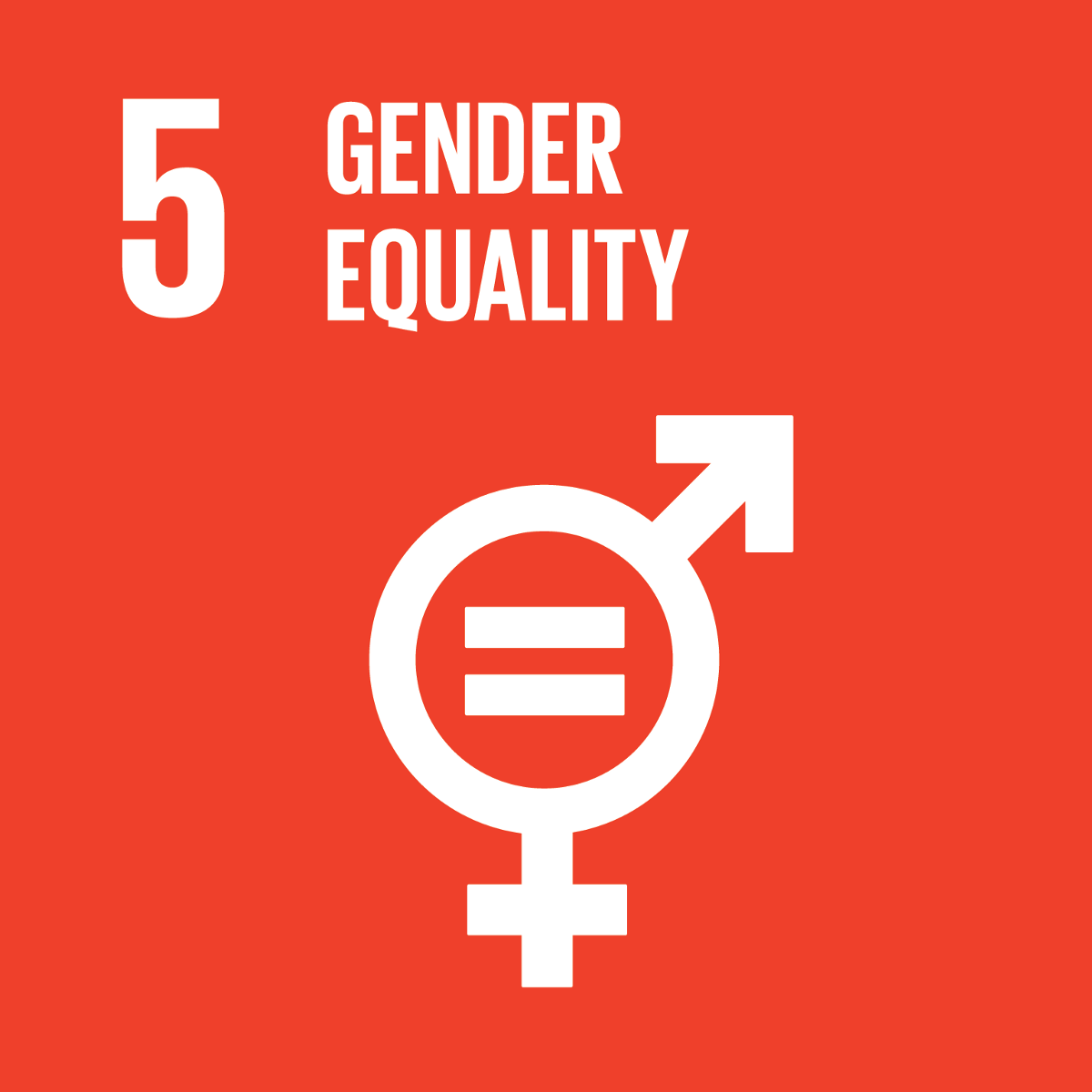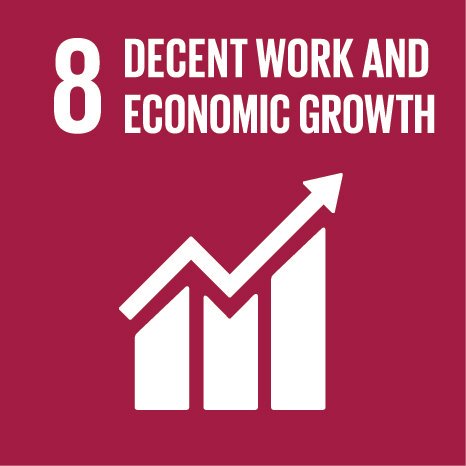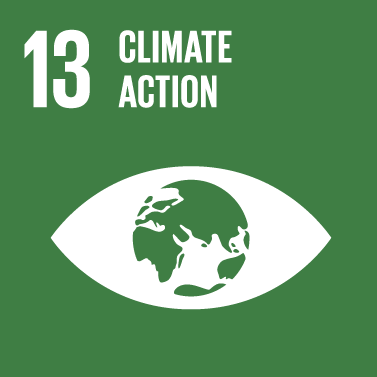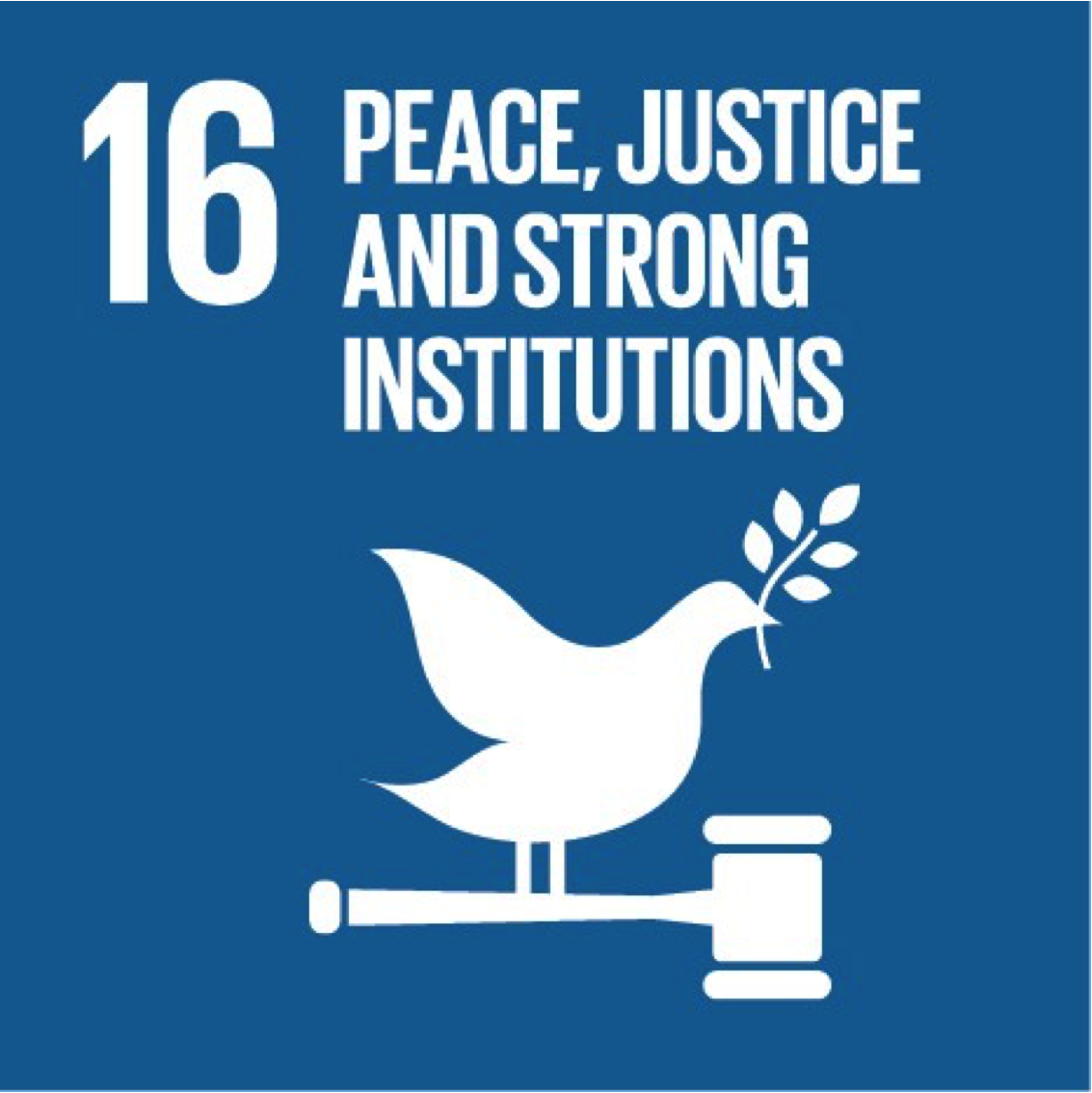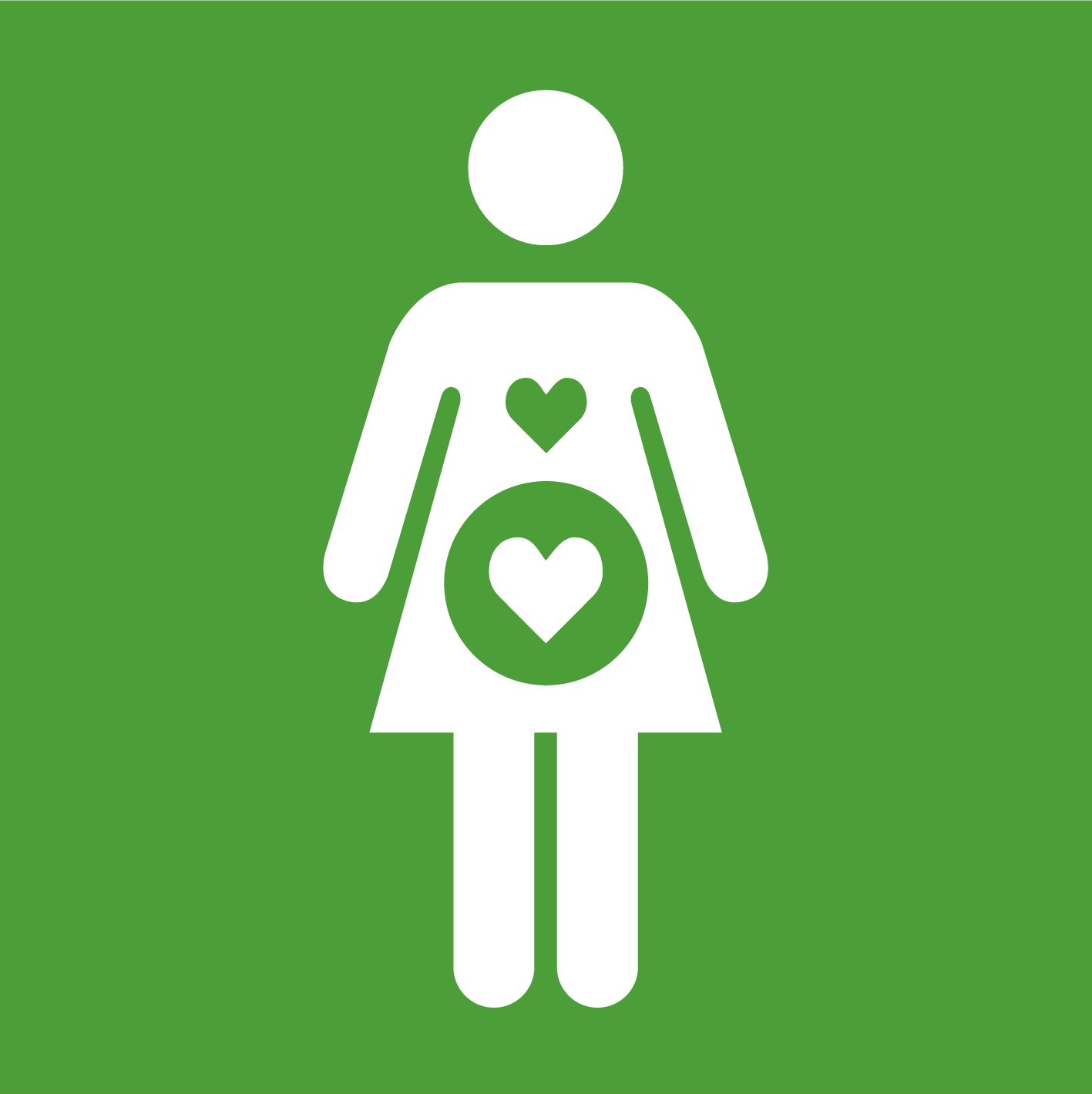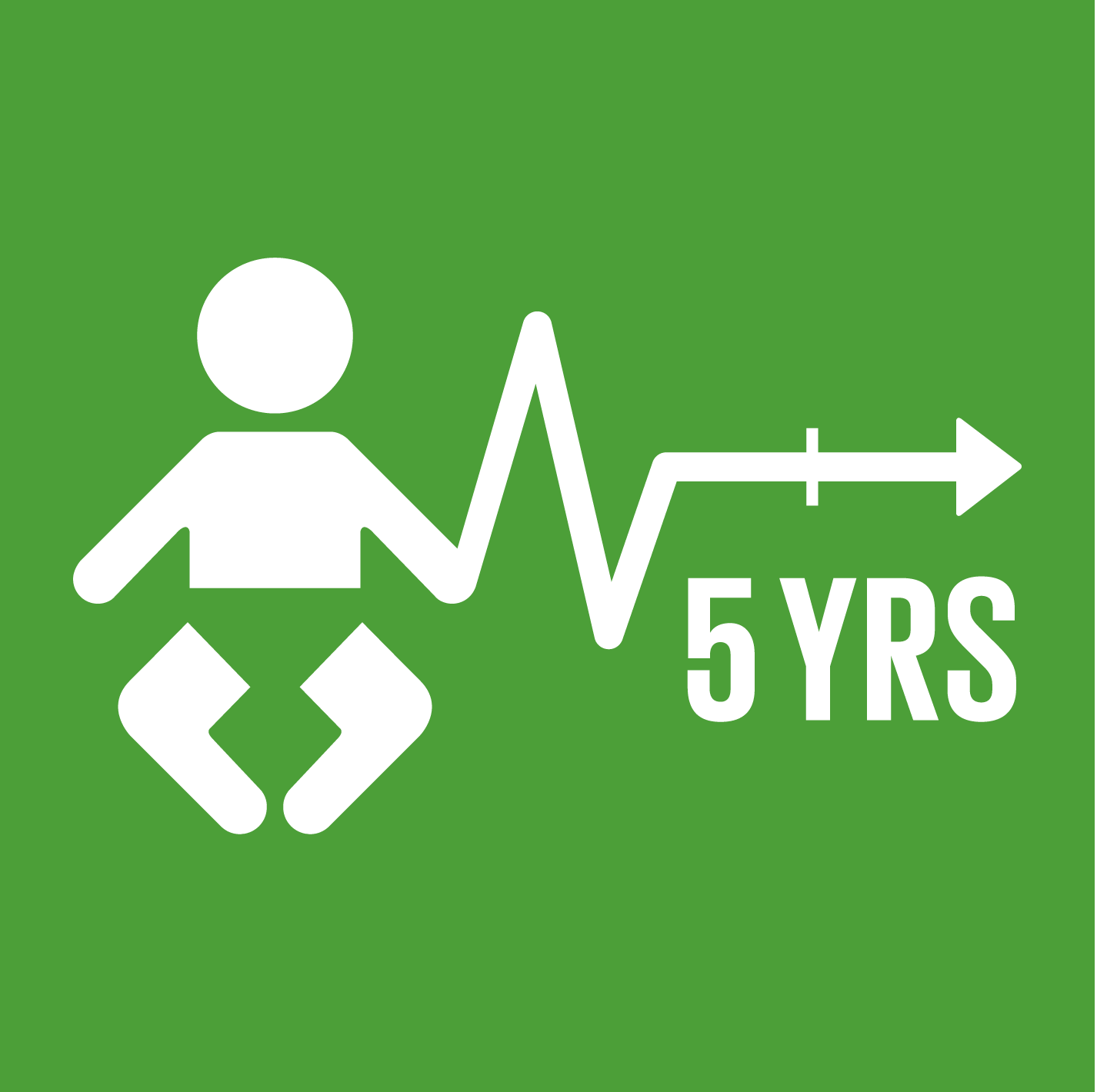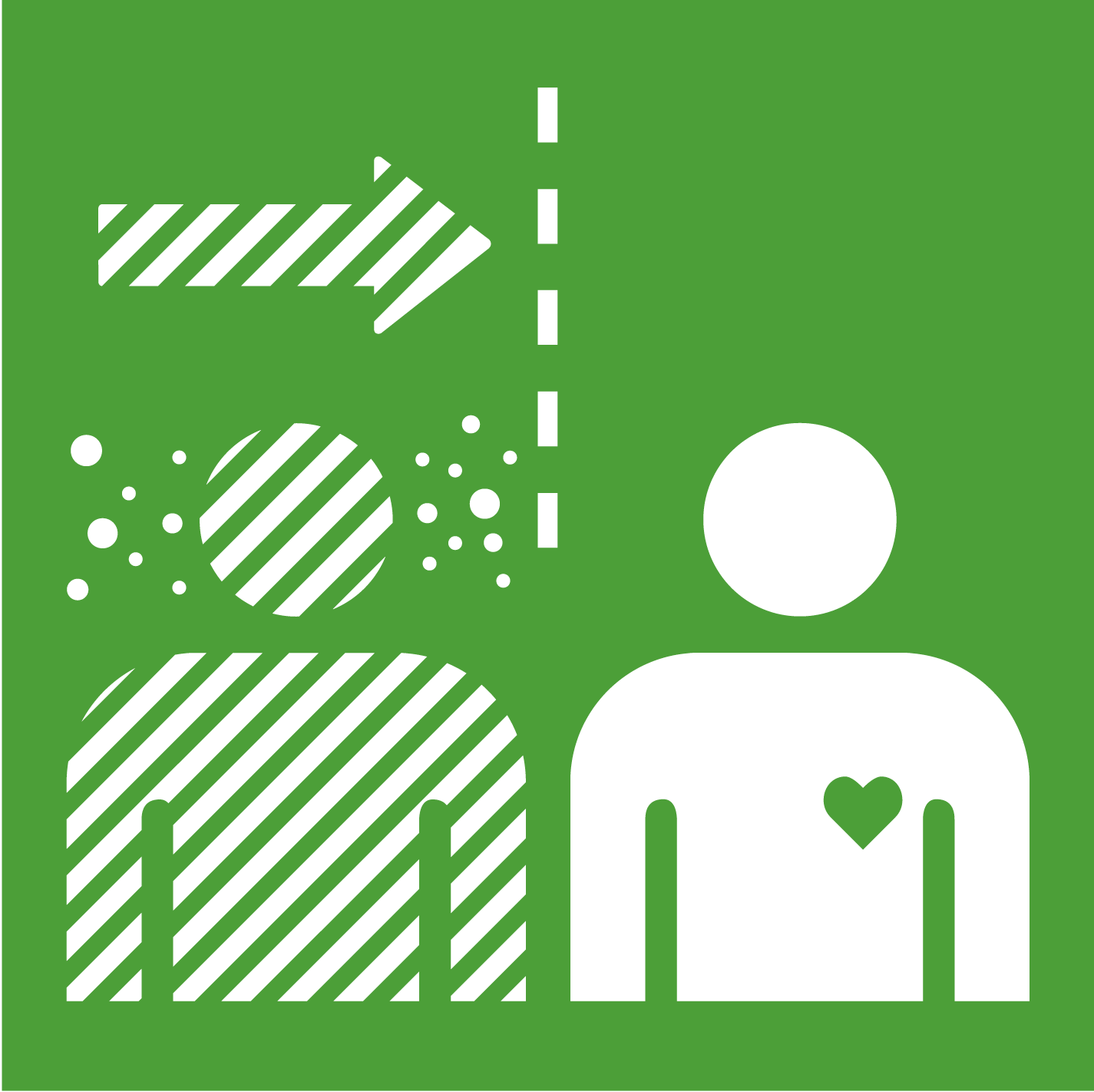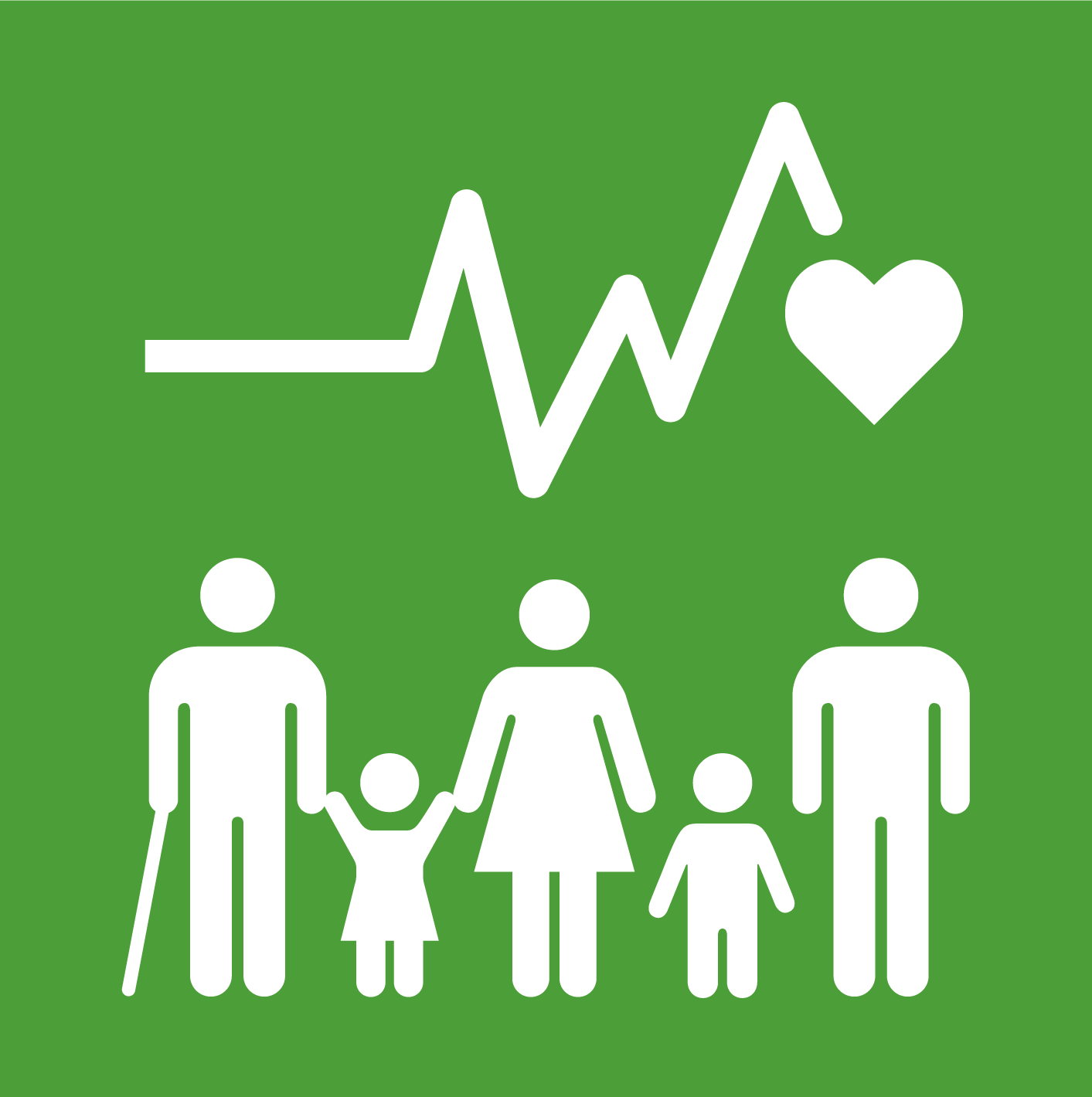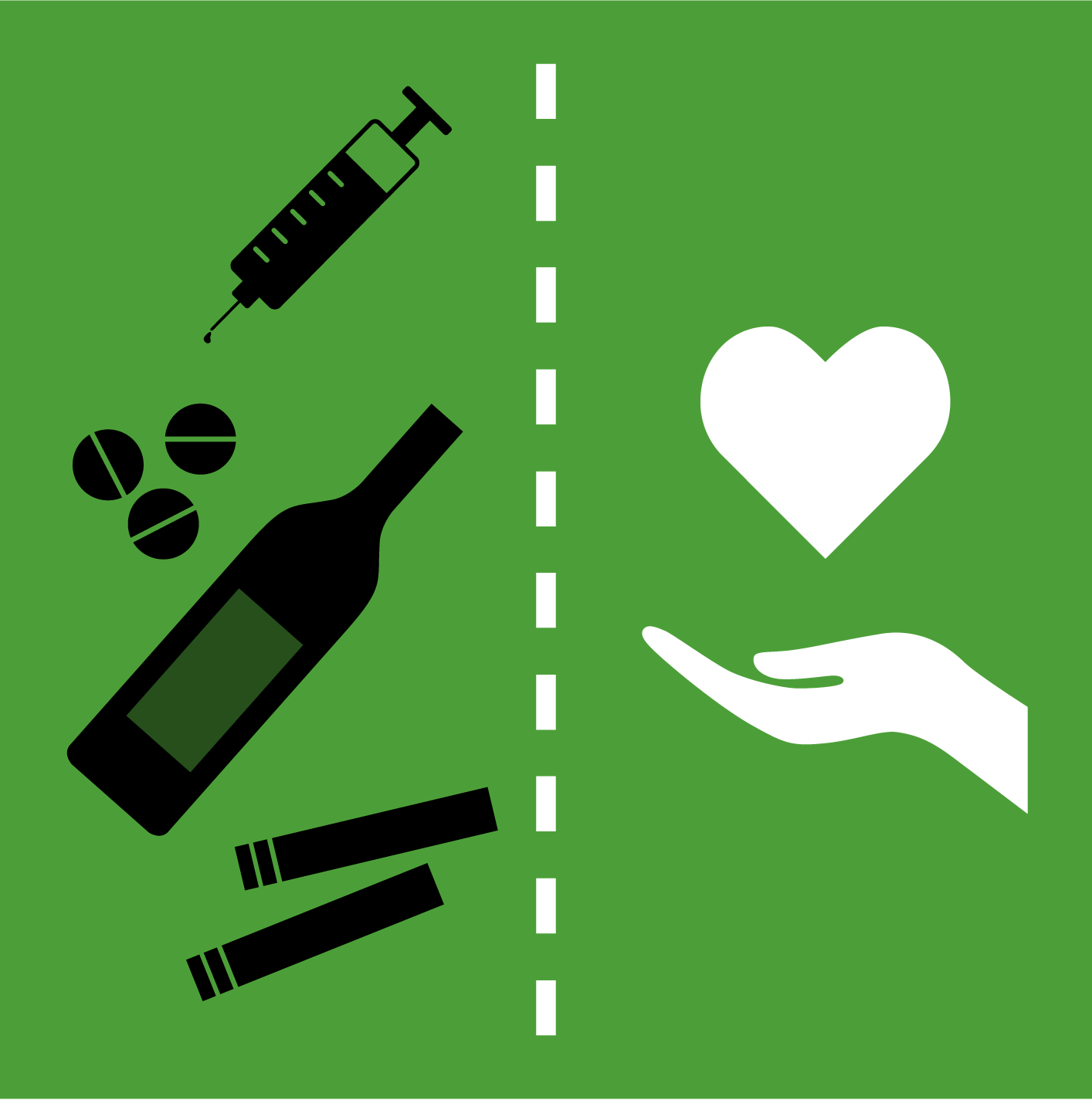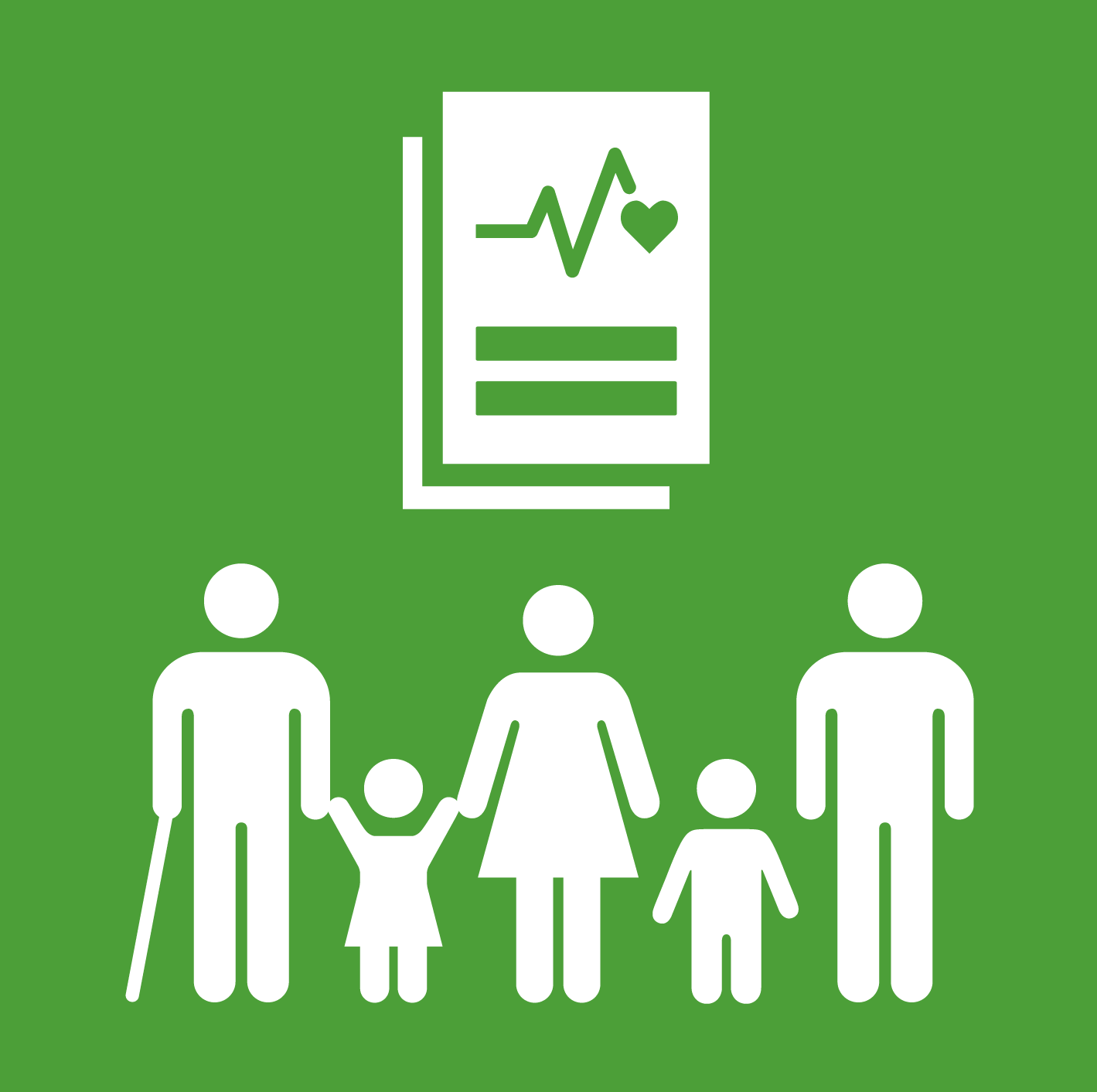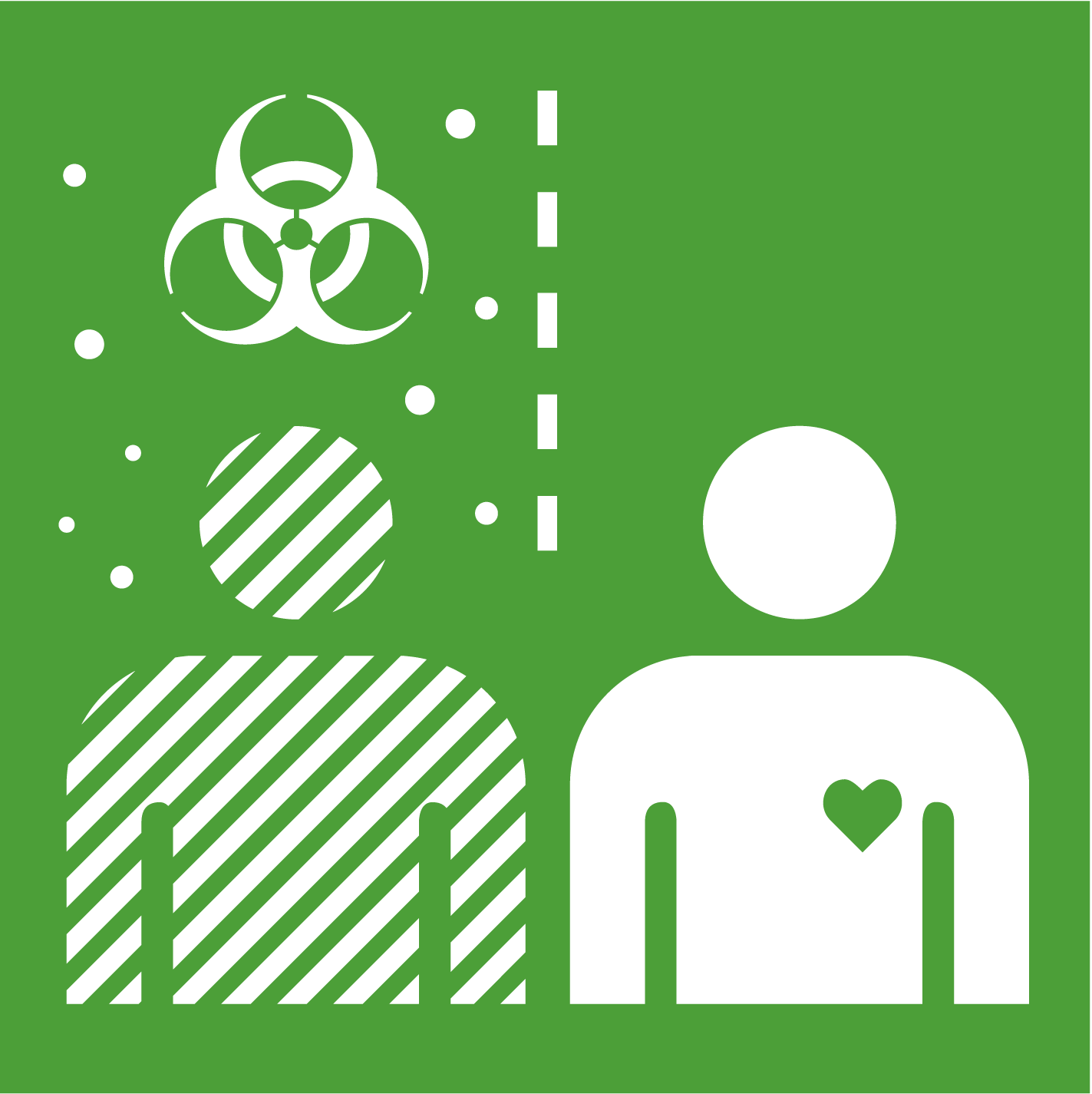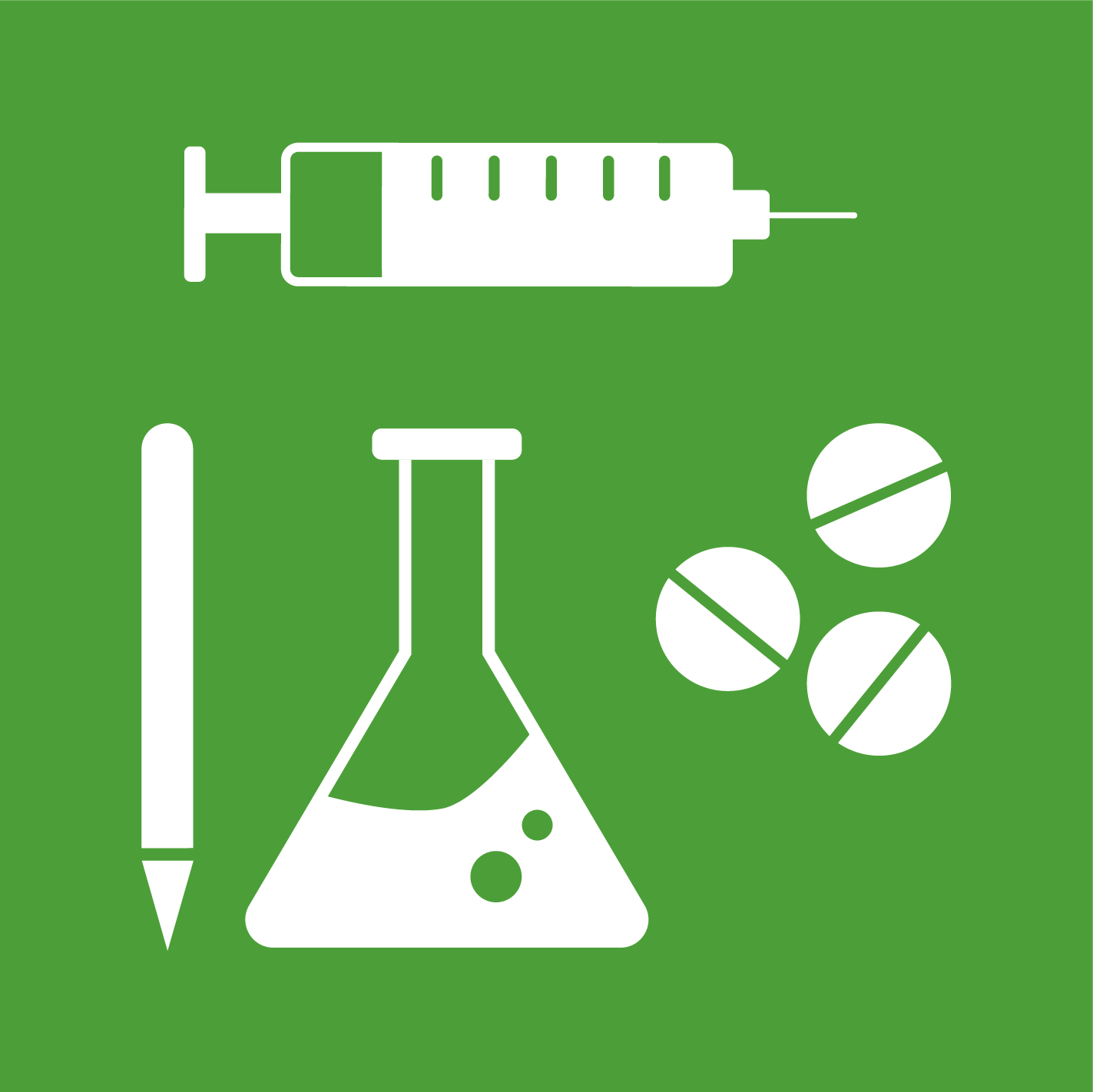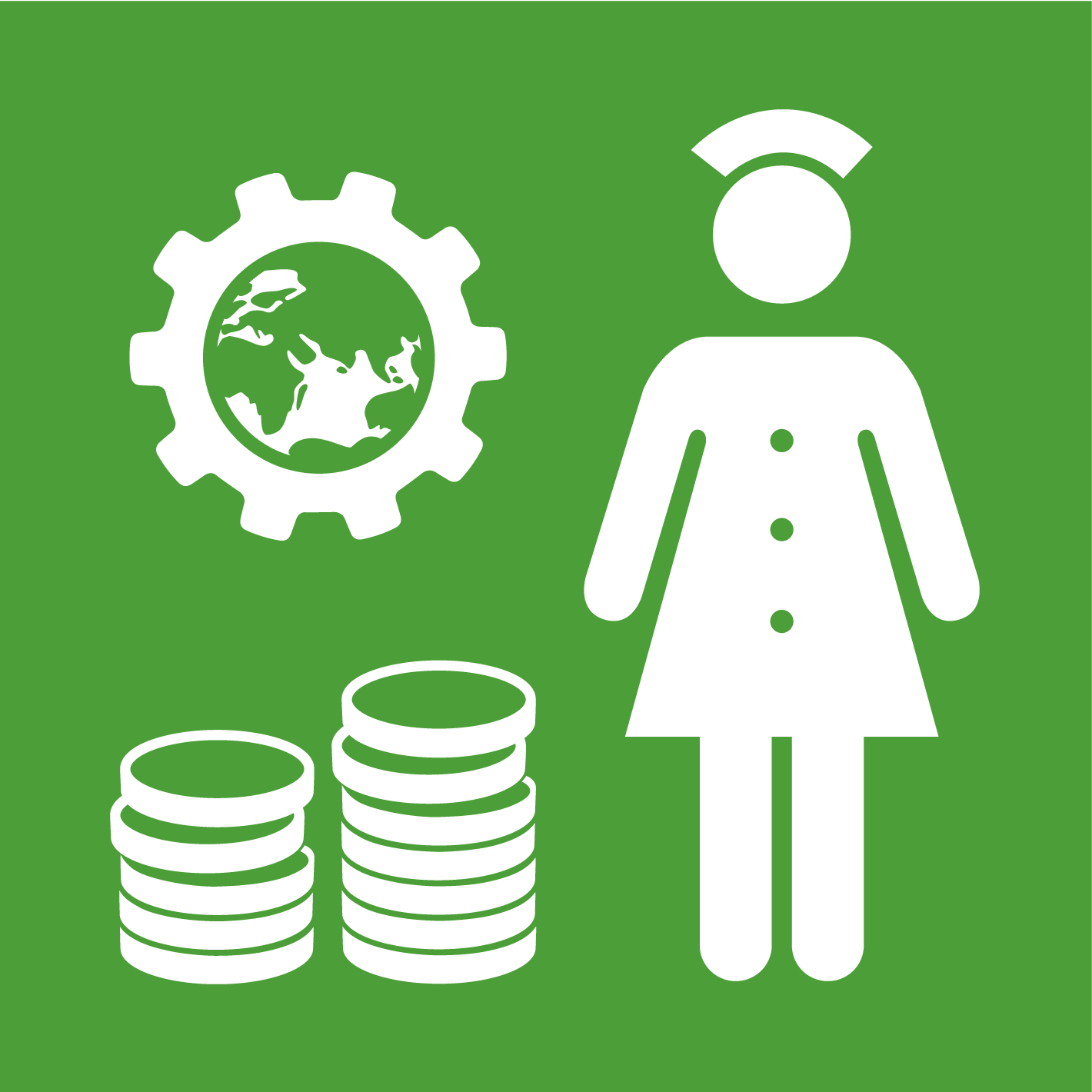3.1.1 Maternal mortality ratio
3.2.1 Under-5 mortality rate
-
3.2.1a Mortality rate of children aged under five years
-
3.2.1b Mortality rate of children aged under five years
-
Mortality rate of children aged under five years, by type of settlements
3.3.1 Number of new HIV infections per 1,000 uninfected population, by sex, age and key populations
3.4.1 Mortality rate attributed to cardiovascular disease, cancer, diabetes or chronic respiratory disease
3.5.1 Coverage of treatment interventions (pharmacological, psychosocial and rehabilitation and aftercare services) for substance use disorders
3.6.1 Death rate due to road traffic injuries
3.7.1 Proportion of women of reproductive age (aged 15-49 years) who have their need for family planning satisfied with modern methods
-
Proportion of women of reproductive age (aged 15-49 years) who have their need for family planning satisfied with modern methods
-
Proportion of women of reproductive age (aged 15-49 years) who have their need for family planning satisfied with modern methods, by age groups
-
Proportion of women of reproductive age (aged 15-49 years) who have their need for family planning satisfied with modern methods, by education level of interviewed women
-
Proportion of women of reproductive age (aged 15-49 years) who have their need for family planning satisfied with modern methods, by wealth index quintiles
3.8.1 Coverage of essential health services
-
3.8.1a Coverage of essential health services: proportion of women of reproductive age (aged 15-49 years) who have their need for family planning satisfied with modern methods
-
Contraceptive prevalence rate - modern methods, by age groups
-
Contraceptive prevalence rate - modern methods, by education level of interviewed women
-
Contraceptive prevalence rate - modern methods, by wealth index quintile
-
3.8.1b Coverage of essential health services: antenatal care coverage for at least four visits
-
Coverage of essential health services: antenatal care coverage for at least four visits, by mother’s age at birth
-
Coverage of essential health services: antenatal care coverage for at least four visits, by education level of interviewed women
-
Coverage of essential health services: antenatal care coverage for at least four visits, by wealth index quintile
-
3.8.1c Coverage of essential health services: diphtheria, tetanus and pertussis (DTP) immunization coverage
-
DTP immunization coverage, by type of settlements
-
DTP immunization coverage, by mother's education level
-
DTP immunization coverage, by wealth index quintile
-
3.8.1d Coverage of essential health services: use of improved sanitation facilities
-
Coverage of the use of improved sanitation facilities, by education of household head
-
Coverage of the use of improved sanitation facilities, by wealth index quintile
3.a.1 Age-standardized prevalence of current tobacco use among persons aged 15 years and older
3.b.1 Proportion of the target population covered by all vaccines included in their national programme
-
3.b.1a Diphtheria, tetanus and pertussis (DTP) immunization coverage
-
DTP immunization coverage, by type of settlements
-
DTP immunization coverage, by mother's education level
-
DTP immunization coverage, by wealth index quintile
-
3.b.1b Pneumococcal (Conjugate) immunization coverage
-
Pneumococcal immunization coverage, by type of settlements
-
Pneumococcal immunization coverage, by mother's education level
-
Pneumococcal immunization coverage, by wealth index quintile
-
3.b.1c Measles immunization coverage
-
Measles immunization coverage, by type of settlements
-
Measles immunization coverage, by mother's education level
-
Measles immunization coverage, by wealth index quintile
3.9.1 Mortality rate attributed to household and ambient air pollution
3.c.1 Health worker density and distribution
3.d.1 International Health Regulations (IHR) capacity and health emergency preparedness
3.d.2 Percentage of bloodstream infections due to selected antimicrobial-resistant organisms
3.9.2 Mortality rate attributed to unsafe water, unsafe sanitation and lack of hygiene (exposure to unsafe Water, Sanitation and Hygiene for All (WASH) services)
3.b.2 Total net official development assistance to medical research and basic health sectors
3.8.2 Proportion of population with large household expenditures on health as a share of total household expenditure or income
-
3.8.2a Proportion of population with large household expenditures on health greater than 10% as a share of total household expenditure
-
3.8.2b Proportion of population with large household expenditures on health greater than 25% as a share of total household expenditure
3.7.2 Adolescent birth rate (aged 10–14 years; aged 15–19 years) per 1,000 women in that age group
3.5.2 Alcohol per capita consumption (aged 15 years and older) within a calendar year in litres of pure alcohol
3.4.2 Suicide mortality rate
3.3.2 Tuberculosis incidence per 100,000 population
3.2.2 Neonatal mortality rate
3.1.2 Proportion of births attended by skilled health personnel
-
Proportion of births attended by skilled health personnel
-
Proportion of births attended by skilled health personnel, by mother's age at birth
-
Proportion of births attended by skilled health personnel, by education level of interviewed women
-
Proportion of births attended by skilled health personnel, by wealth index quintiles
3.3.3 Malaria incidence per 1,000 population
3.b.3 Proportion of health facilities that have a core set of relevant essential medicines available and affordable on a sustainable basis
3.9.3 Mortality rate attributed to unintentional poisoning
3.3.4 Hepatitis B incidence per 100,000 population
3.3.5 Number of people requiring interventions against neglected tropical diseases


